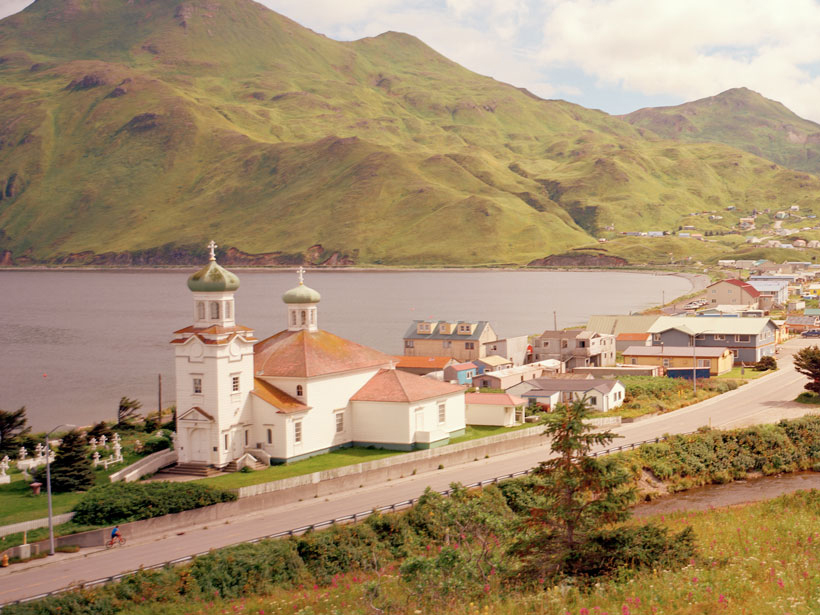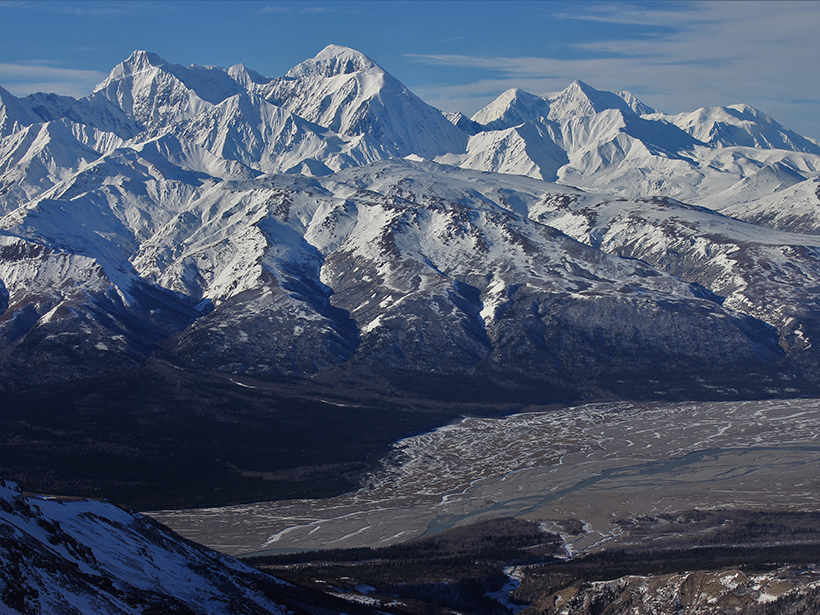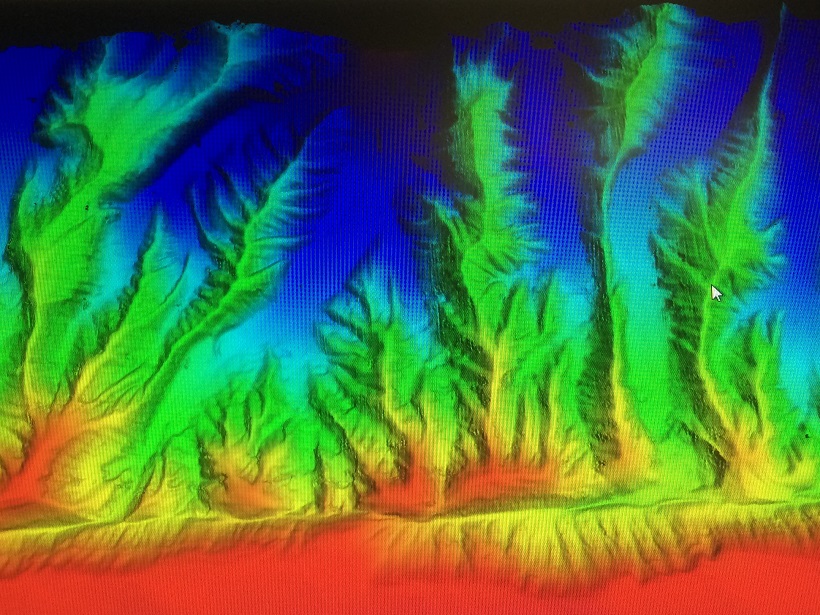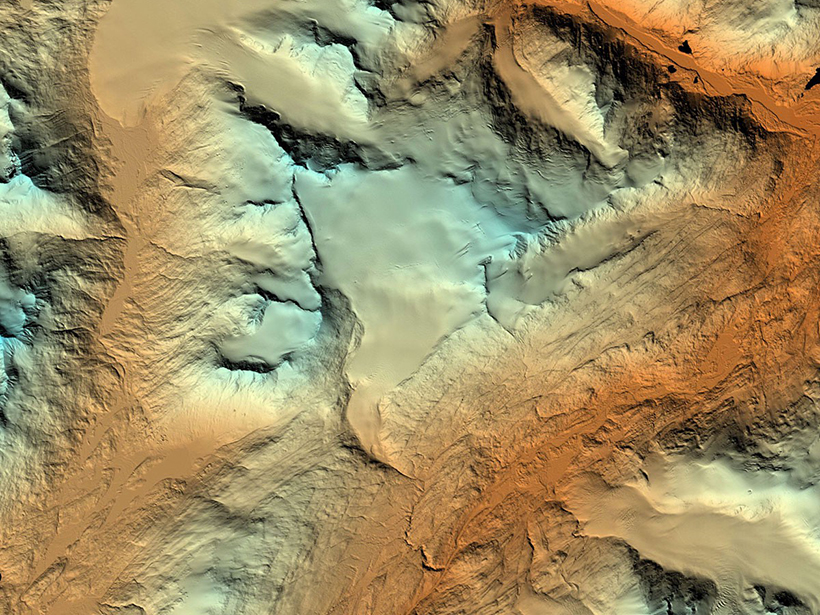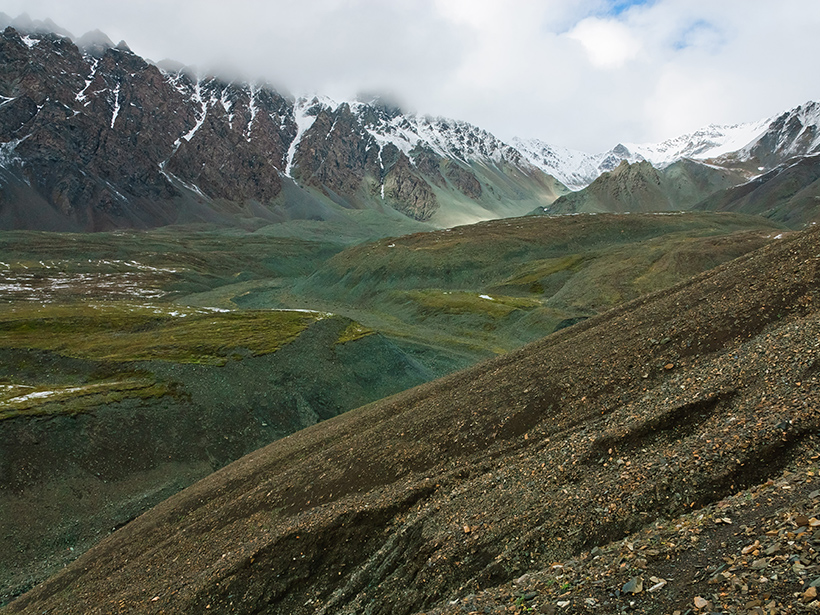In a seismically quiet segment of Alaska’s subduction zone lie faults with structures similar to those of the system that caused the deadly Tohoku earthquake and tsunami.
Alaska
Why Are Arctic Rivers Rising in Winter?
Increased glacial melt is boosting winter streamflows by filling aquifers, a new study on an Alaskan river suggests.
A Closer Look at an Undersea Source of Alaskan Earthquakes
A systematic survey offers a striking portrait of movement along a 500-kilometer-long undersea section of the Queen Charlotte–Fairweather fault off the coast of southeastern Alaska.
Mesmerized by Gracefully Gliding Albatrosses
Despite avian distractions and dreadful weather, a research cruise to map the seafloor off Alaska revealed new insights into the Queen Charlotte Fault.
“Fingerprinting” Volcanic Tremors May Help Forecast Eruptions
Volcano seismic waves produce distinct tremor patterns, or "fingerprints," shared by different kinds of volcanoes.
Administration Official Sees Alaska Offshore Drilling Ahead
At a recent forum, leaders laid out some interdependent energy, environmental, infrastructure, and military issues coming into play in a more navigable Arctic region.
Aquatic Plants May Accelerate Arctic Methane Emissions
About two thirds of the gas produced by a study area near Barrow, Alaska, came from increasingly abundant greenery covering only 5% of the landscape, researchers estimate.
New Digital Maps Depict Alaska in Unprecedented Detail
The Obama administration plans to release high-resolution terrain models in 2017 for the entire Arctic.
Surveying Alaskan Minerals from Afar
By using hyperspectral imaging, researchers test their ability to find copper in remote areas.
Tougher Guidelines Issued for Alaska Offshore Drilling
The regulations will reinforce safety mechanisms and provide stronger planning efforts and enhanced regulatory certainty, according to the Department of the Interior.

